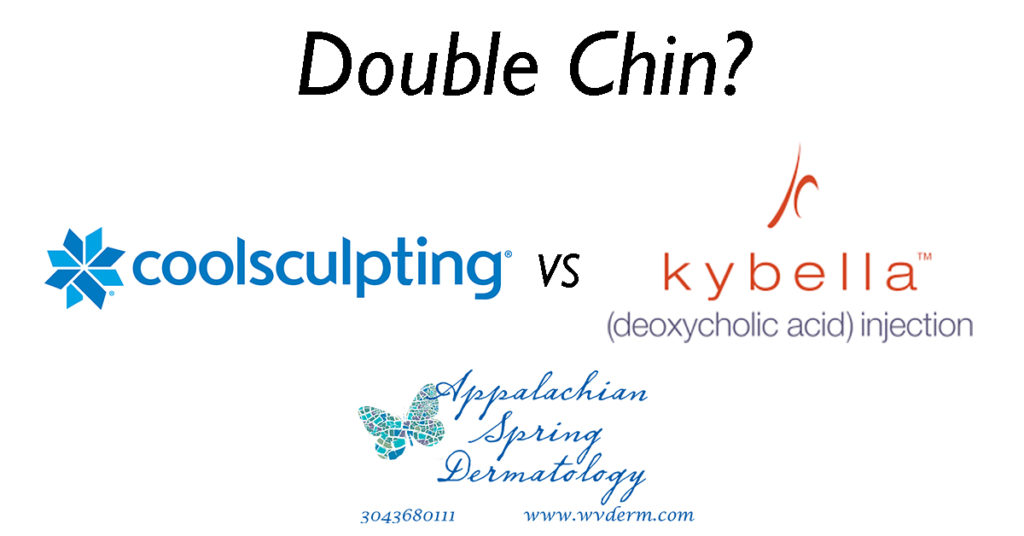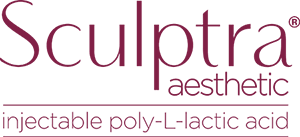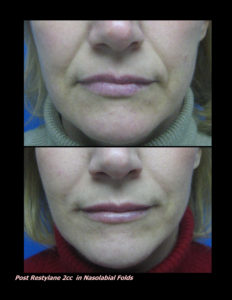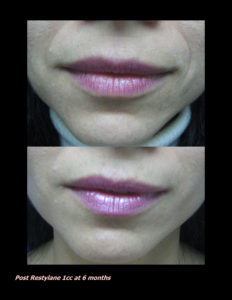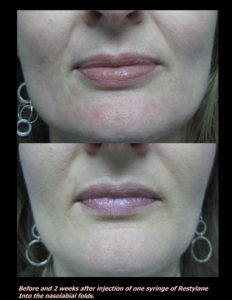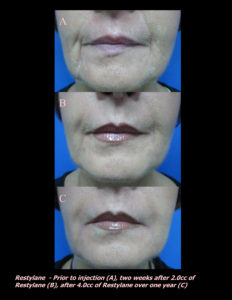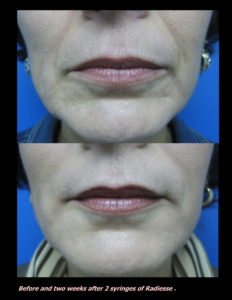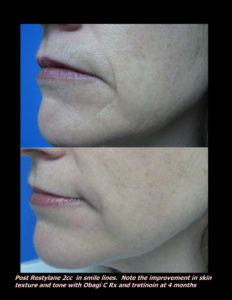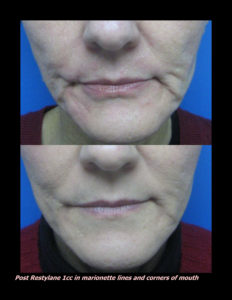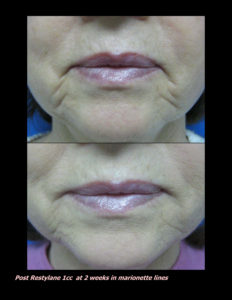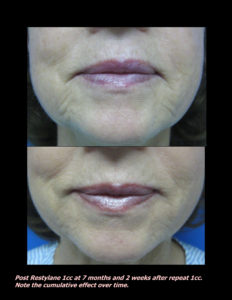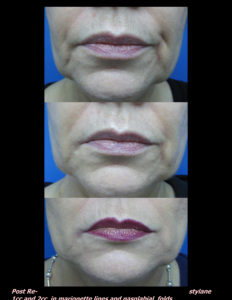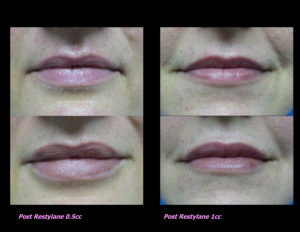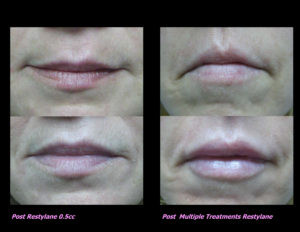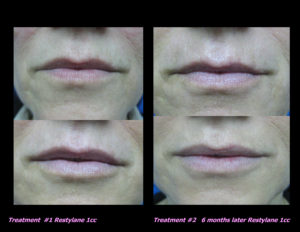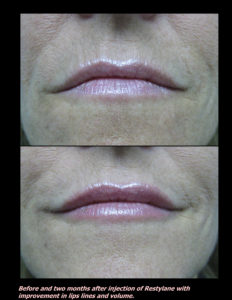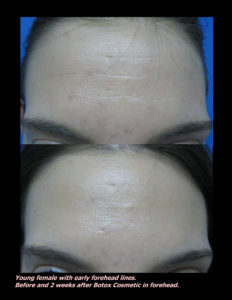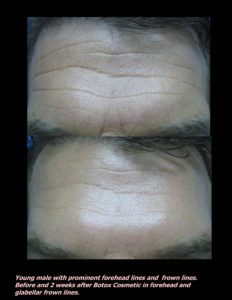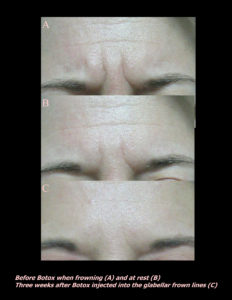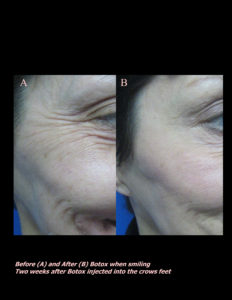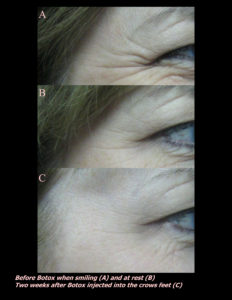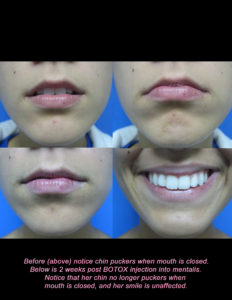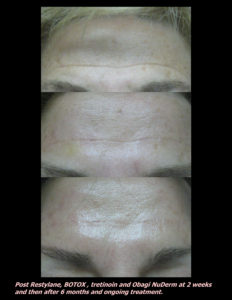Top Questions and Answers about Melasma
Continuing our discussion of brown spots, let’s do some Q&A about MELASMA.
What is melasma?
Also known as chloasma, melasma is a mottled, totally flat tan patch on the skin. These can vary from the size of a quarter to large portions of the face. Melasma is also often seen in the sun-damaged areas of the chest, sides of the neck, and occasionally on the forearms. It is a frustrating problem usually seen in women age 20-50. As an oversimplification, the pigment cells produce excessive pigment, and then that pigment is retained in the outer layer of the skin. In most cases, the pigment is entirely contained in the epidermis, but rarely it is deeper and more stubborn.
What worsens melasma?
Like freckles, melasma also tends to fade some in the winter and reoccur in summer. Sun protection with a zinc-based sunscreen EVERY DAY is essential. In addition to sunlight, melasma can sometimes flare under exposure to blue light, oral estrogen, and when the skin is severely damaged or irritated. Trauma to the skin from waxing, laser procedures, and chemical peels can trigger and worsen melasma.
Why does estrogen in birth control pills and pregnancy worsen melasma?
The exact mechanism by which hormones worsen melasma is still undetermined.
What procedures should I have done to help with Melasma?
Dr. Rosenberger usually recommends topical medications to treat melasma more than cosmetic procedures. Procedures that can be used for melasma are Intense pulsed light, laser, and chemical peels. While all of these work, they are never intended to be a one-stop quick fix. Patients are almost always better served, both with skin health and finances, to start a good skincare regimen than to do a one-time procedure. More importantly, many of these procedures may worsen melasma.
What topical treatments help with melasma?
Daily Sunscreen with Zinc and avoiding and protecting against blue light exposure, prescription-strength retinoids, and 4% Hydroquinone are the mainstays of topical treatment. These are used at least nightly until the brown spots are clear and then a decreased maintenance regimen of hydroquinone can be established. When I started in dermatology, we used these year-round, but newer studies suggest continual use may result in some resistance. Generally, I usually recommend starting with a combination of tretinoin 0.025% or 0.05% cream at night and ZO Blending Crème once or twice a day. In the older variations of Obagi and ZO products Blending crème was called Blender and Melamix.
Triluma is a cream that is a combination of tretinoin and hydroquinone bleaching cream that I often prescribe as well. Retinoids and sun and blue light protection should be continued year round.
There are many other melasma treatments; however, patients dedicated to a good skincare regimen and sun protection are usually very successful at managing their melasma. To learn more about RetinA use and sun protection, and blue light, see these previous helpful posts.
*Photo by Zen Obagi of ZO Skincare
If you know someone who may find this article helpful, please share it with them! Follow us on social media this week, and subscribe to our growing YouTube channel!
If you would like to receive these posts in your email inbox, Subscribe to our Site.
|


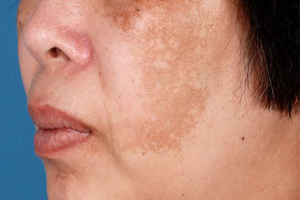


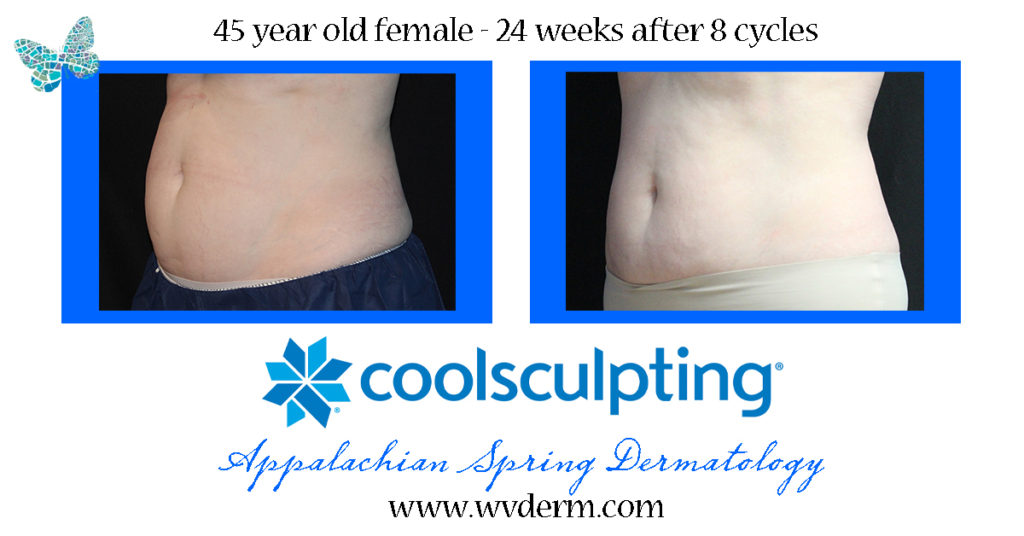
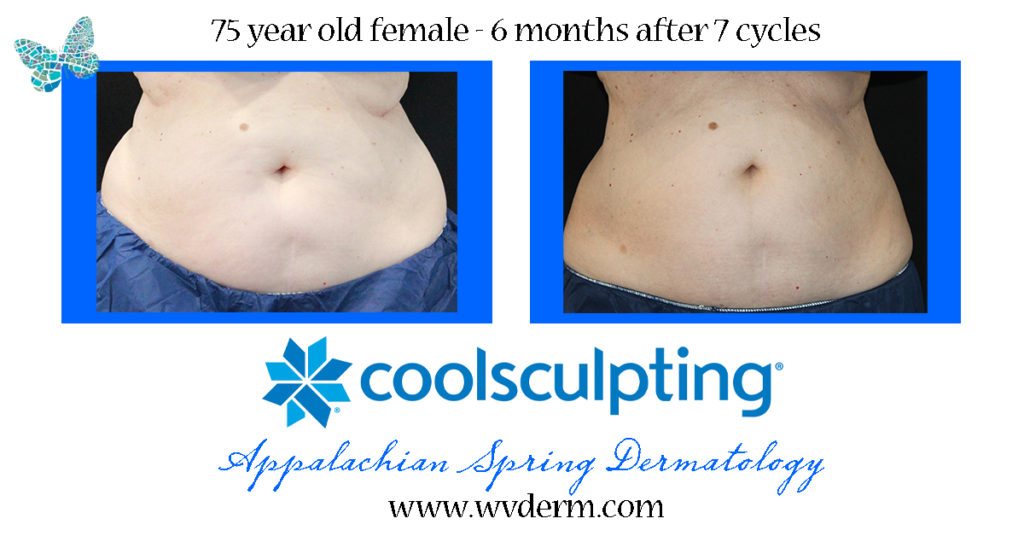
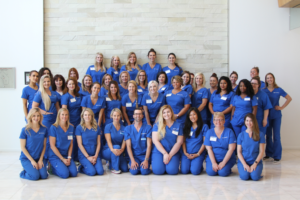
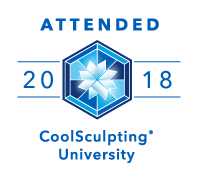
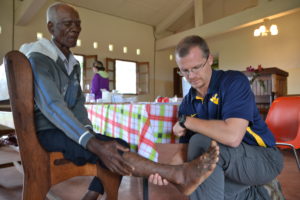


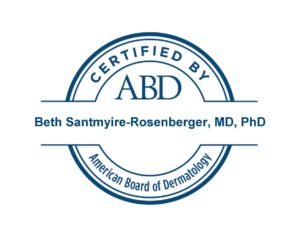

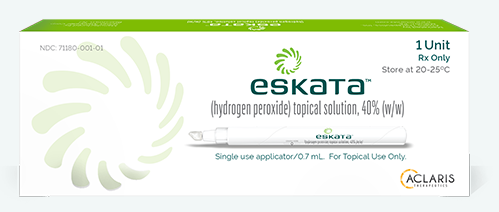

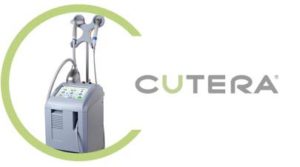 Laser Vein Reduction Treatments
Laser Vein Reduction Treatments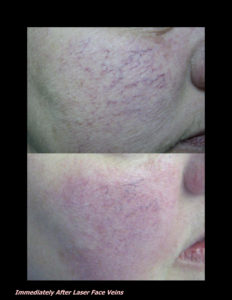
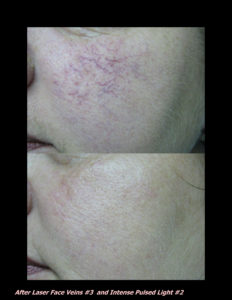
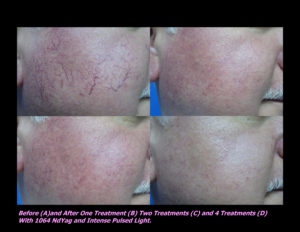
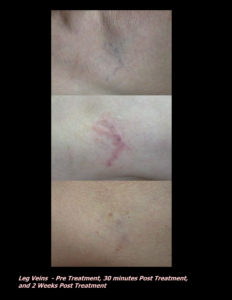
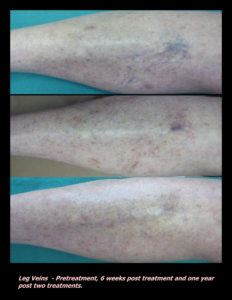
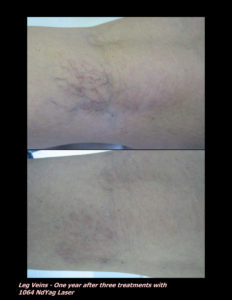
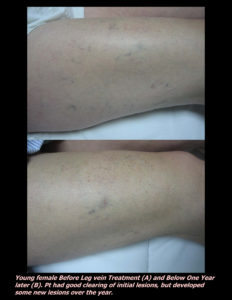
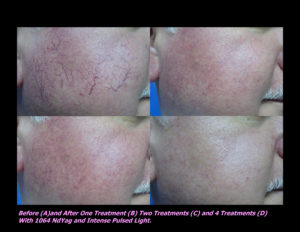
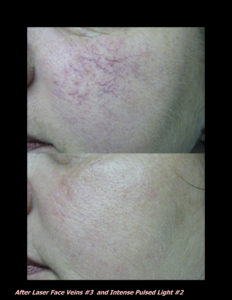
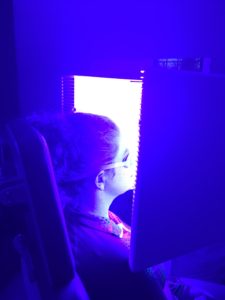
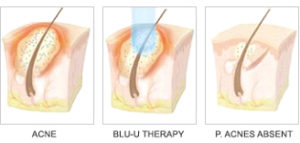
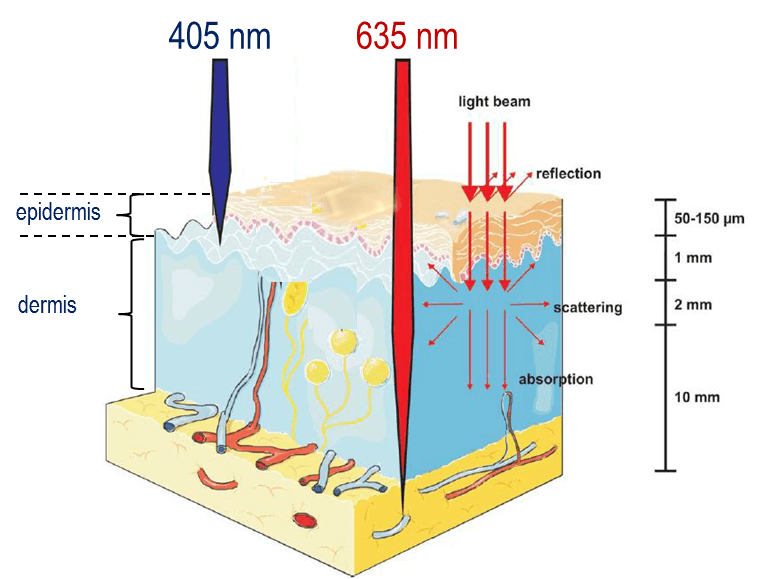
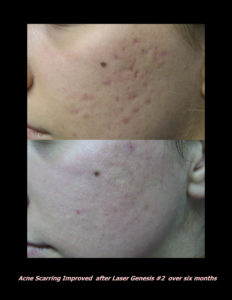
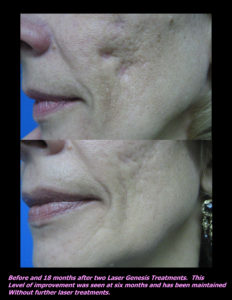


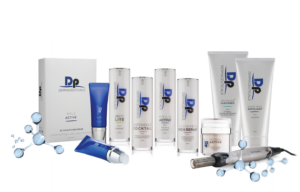 DP Dermaceutical Products
DP Dermaceutical Products